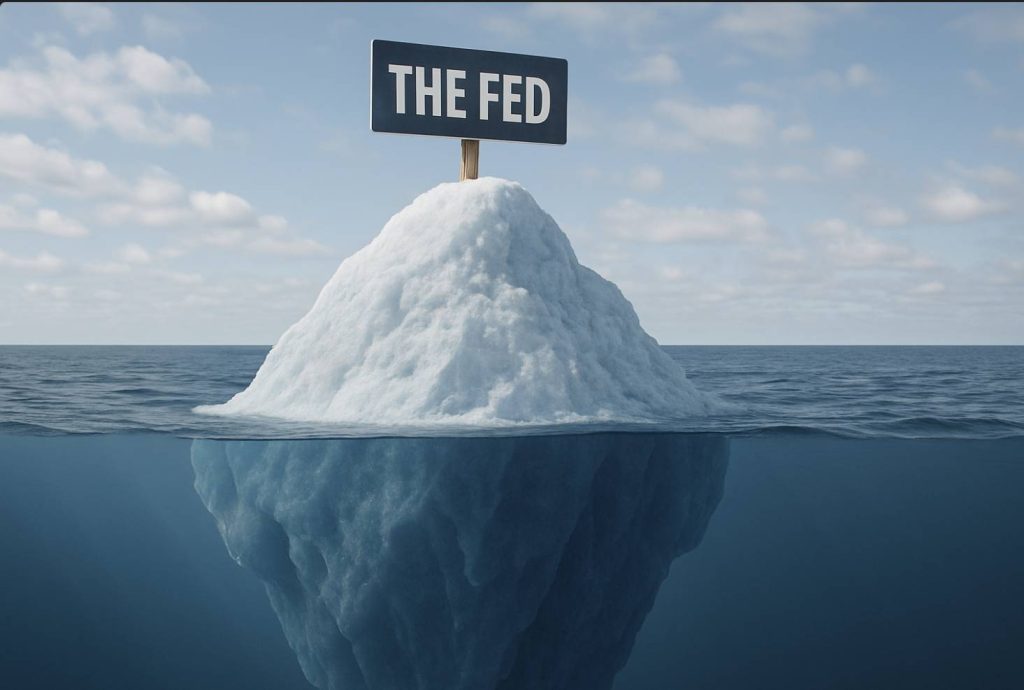True Diversification Is Dead. Here’s What Modern Portfolios Need Now
- Why traditional portfolio diversification is underperforming
- The risks of overexposure to correlated markets
- How alternative assets like luxury cars provide real diversification
- What investors are doing differently in today’s landscape
60% stocks. 40% bonds. Maybe a little international exposure and a sprinkle of REITs. It was the golden rule of portfolio building—until it stopped working.
In a recent interview, BlackRock CEO Larry Fink stressed that it’s time to rethink this long-held Golden Ratio of investing. The classic 60/40 portfolio dropped over 16% in 2022, its worst performance since 2008, according to Morningstar. And the culprit? Correlation. In a high-inflation, high-rate environment, everything started moving in the same direction—down.
Modern problems require modern portfolios.
Today’s investors are expanding their toolkits with alternative assets—from farmland and art to fine wine and classic cars. These are low-correlation, high-convictionassets that don’t rise and fall with the S&P 500.
BlackRock’s 2024 outlook noted that institutions are upping their exposure to alternatives by 20–30%, emphasizing the need to reduce volatility and unlock uncorrelated returns (BlackRock 2024 Global Outlook). They aren’t just dipping their toes—they’re diving in.
According to the Knight Frank Wealth Report, luxury automobiles have outperformed many traditional and alternative asset classes—up 185% over the past decade (Knight Frank). And with supply dwindling as electrification rises, demand for rare, investment-grade models continues to grow.
At MCQ Markets, we make these assets accessible. You can buy shares in vehicles like the Lexus LFA or Ferrari 512 BBi with as little as $20—turning what used to be a garage-only dream into a real investment opportunity.
The truth is, the old rules don’t apply anymore.
Diversification isn’t dead—but it’s evolving. In today’s world, you can’t afford to rely on outdated portfolio models. Investors who think outside the brokerage account are the ones best positioned for the next chapter.
So ask yourself: is your portfolio truly diversified, or just traditionally allocated?





